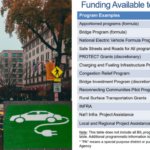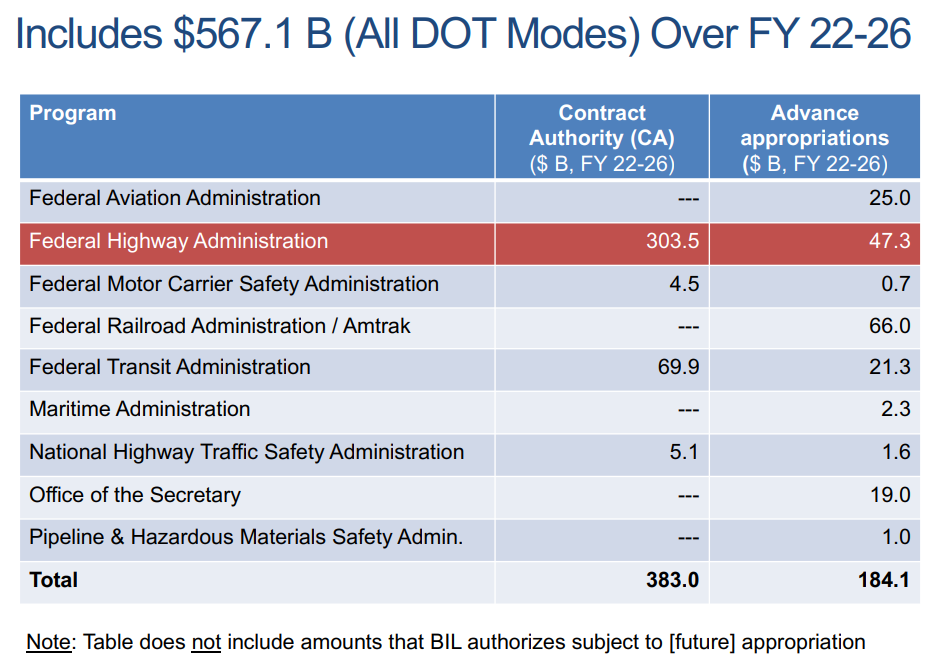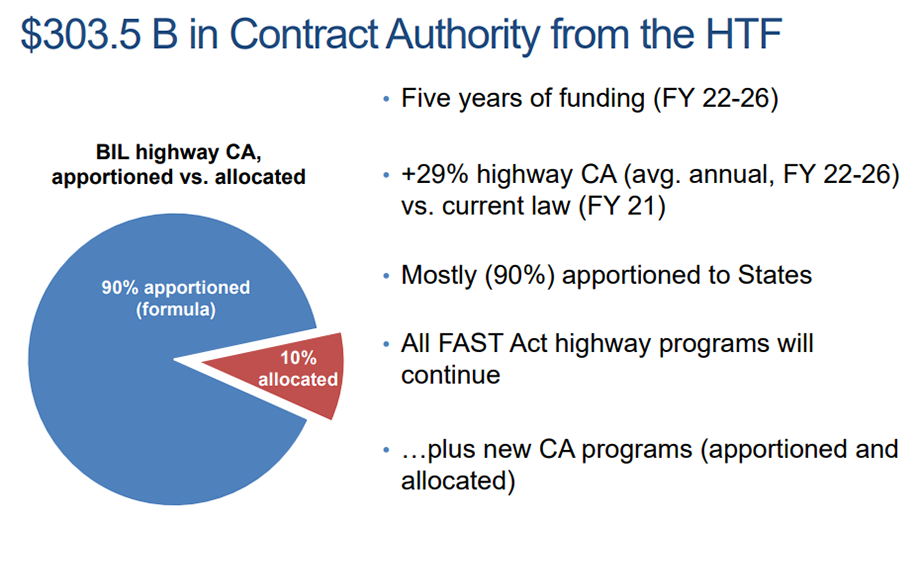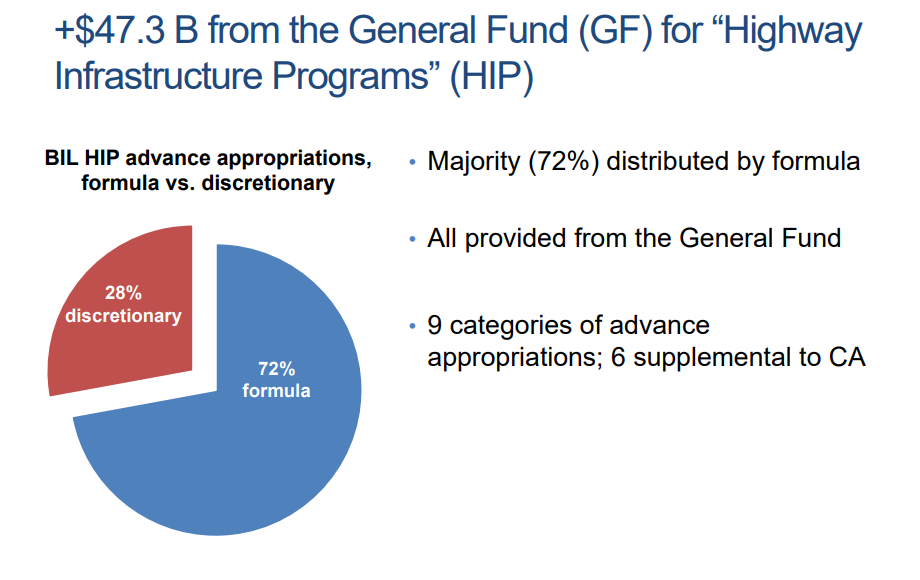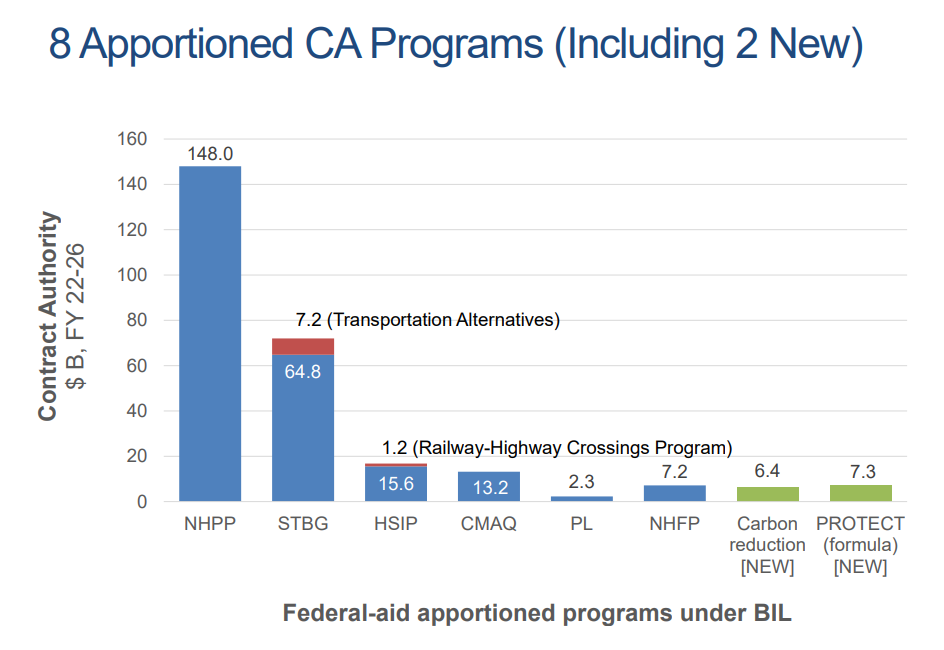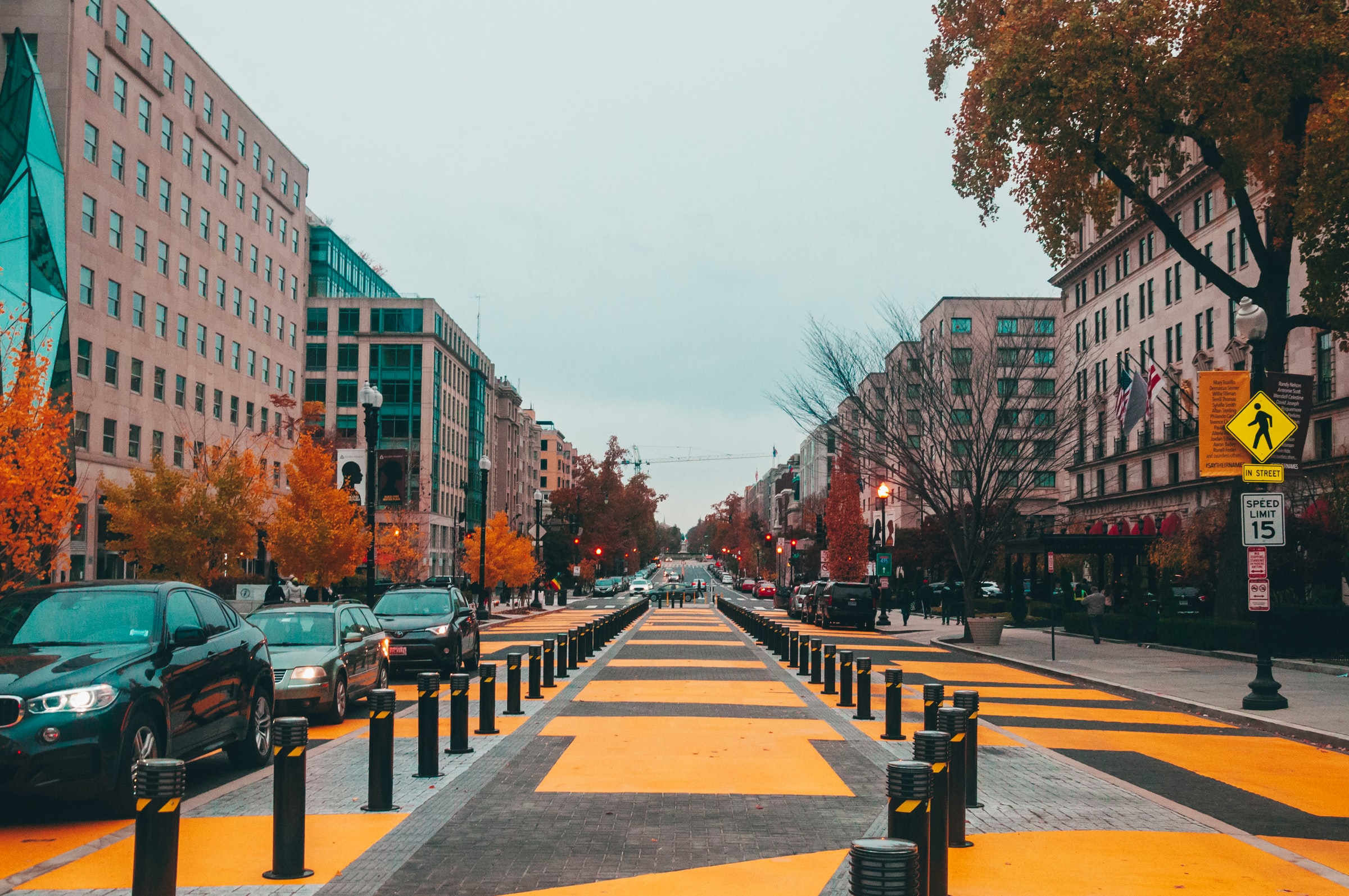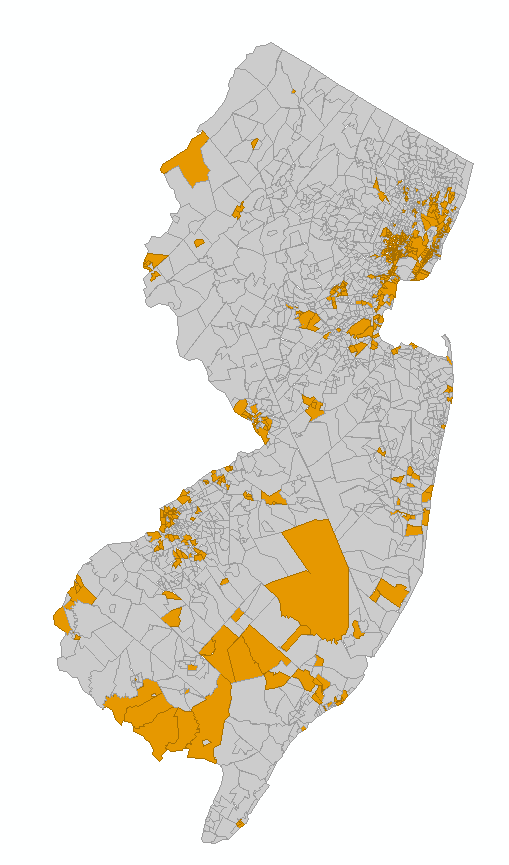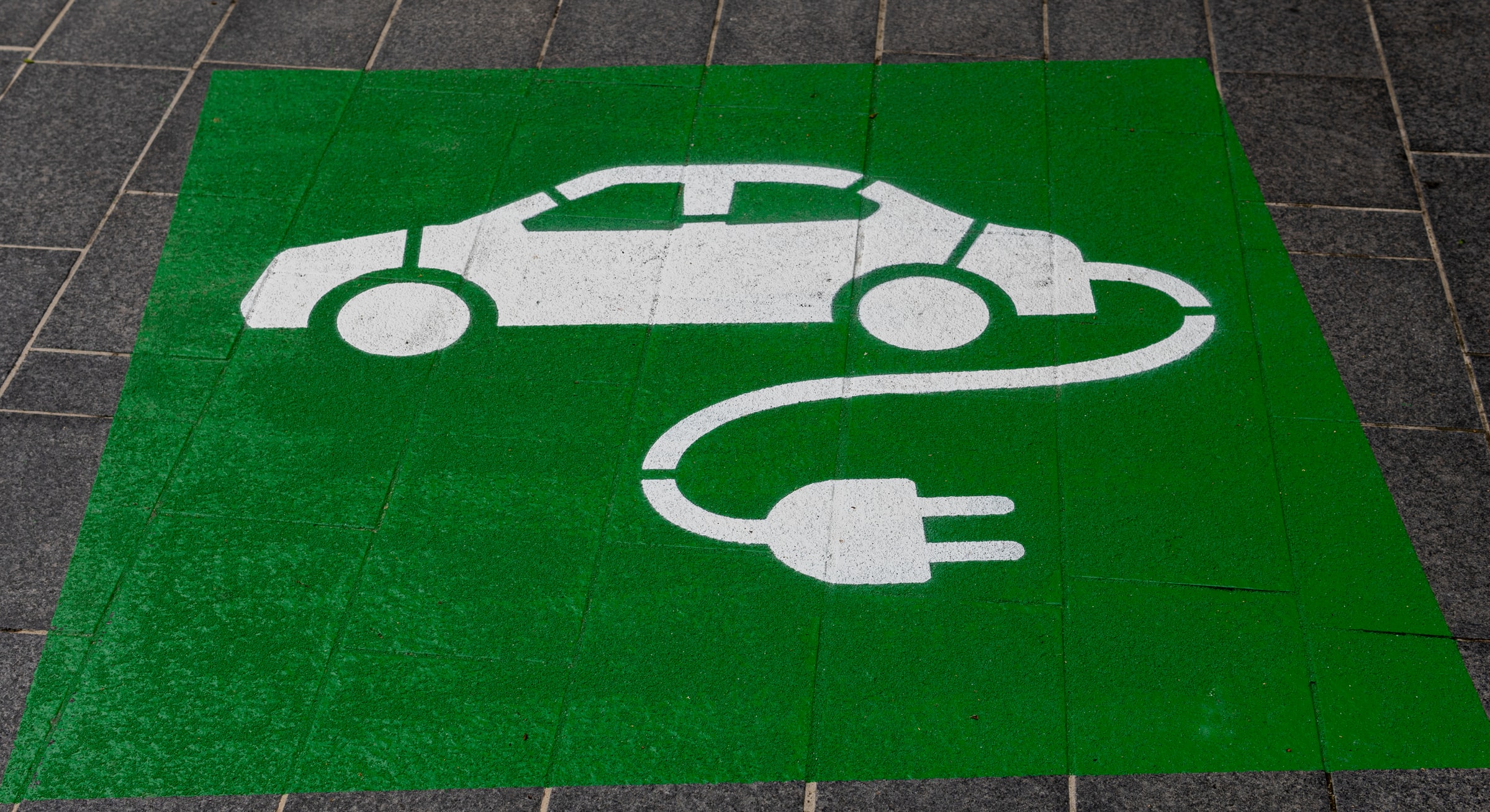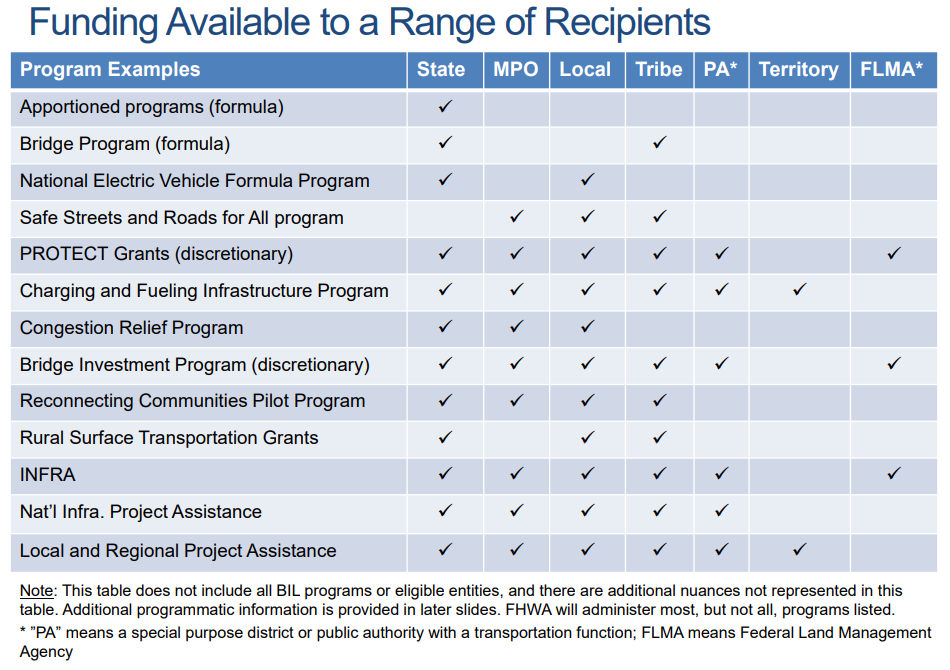The New Jersey Department of Transportation’s Bureau of Research, Innovation and Information Transfer (BRIIT) invites you to share your research and innovation ideas on the NJ Transportation Ideas Portal.
We seek to fund RESEARCH IDEAS that lead to implementation – to the testing and adoption of new materials and technologies, to better specifications and to greater efficiency. We strive to discover and advance feasible solutions for more durable infrastructure, greater environmental protection and resilience, and improved mobility and safety for residents, workers and visitors.
We encourage you to suggest INNOVATION IDEAS that advance deployment of innovations and knowledge transfer in transportation. We work with the New Jersey State Transportation Innovation Council (NJ STIC) whose mission is to identify, evaluate, and where possible, rapidly deploy new technologies and process improvements that will accelerate project delivery and improve the quality of NJ’s transportation network. Innovation Ideas will be vetted for next steps which might include research or supporting an initiative to deploy a new technology or process improvement to accelerate innovation.
WHO CAN SUBMIT IDEAS? NJDOT’s research customers and other interested transportation practitioners are encouraged to submit a research or innovation idea. The portal should be of interest to NJDOT, NJ TRANSIT and MPOs, and county and local governments, and other transportation subject matter experts from university, industry and trade organizations and other NGOs. The portal is also open to the public.
WHO ARE RESEARCH CUSTOMERS? Subject matter experts from NJDOT, NJ TRANSIT, or the NJ Motor Vehicles Commission are often our research customers. Research ideas typically must have a champion among our research customers. Ideally, a “champion” is a responsible individual within a division, bureau or unit who is prepared to sponsor or advance a research idea from its inception to study completion.
COLLECTING IDEAS NOW! Our research and innovation teams review submitted ideas for possible funding and other actions throughout the year. The last day to submit research ideas for the next round of funded transportation research is December 31, 2024.

REGISTER TO PARTICIPATE AND SUBMIT AN IDEA. Once you are registered, you may submit ideas at any time. Click on the “+” button at the top of the page to submit an idea after registering. Only registered participants may submit a new idea or vote on other ideas to show your support. Register at the NJ Transportation Ideas here: https://njdottechtransfer.ideascale.com/
QUESTIONS ABOUT HOW TO REGISTER?
Email: ideas@njdottechtransfer.net
For more information about NJDOT Bureau of Research, Innovation, and Information Transfer, visit our website: https://www.state.nj.us/transportation/business/research/
Or contact us: research.bureau@dot.nj.gov or (609) 963-2242




